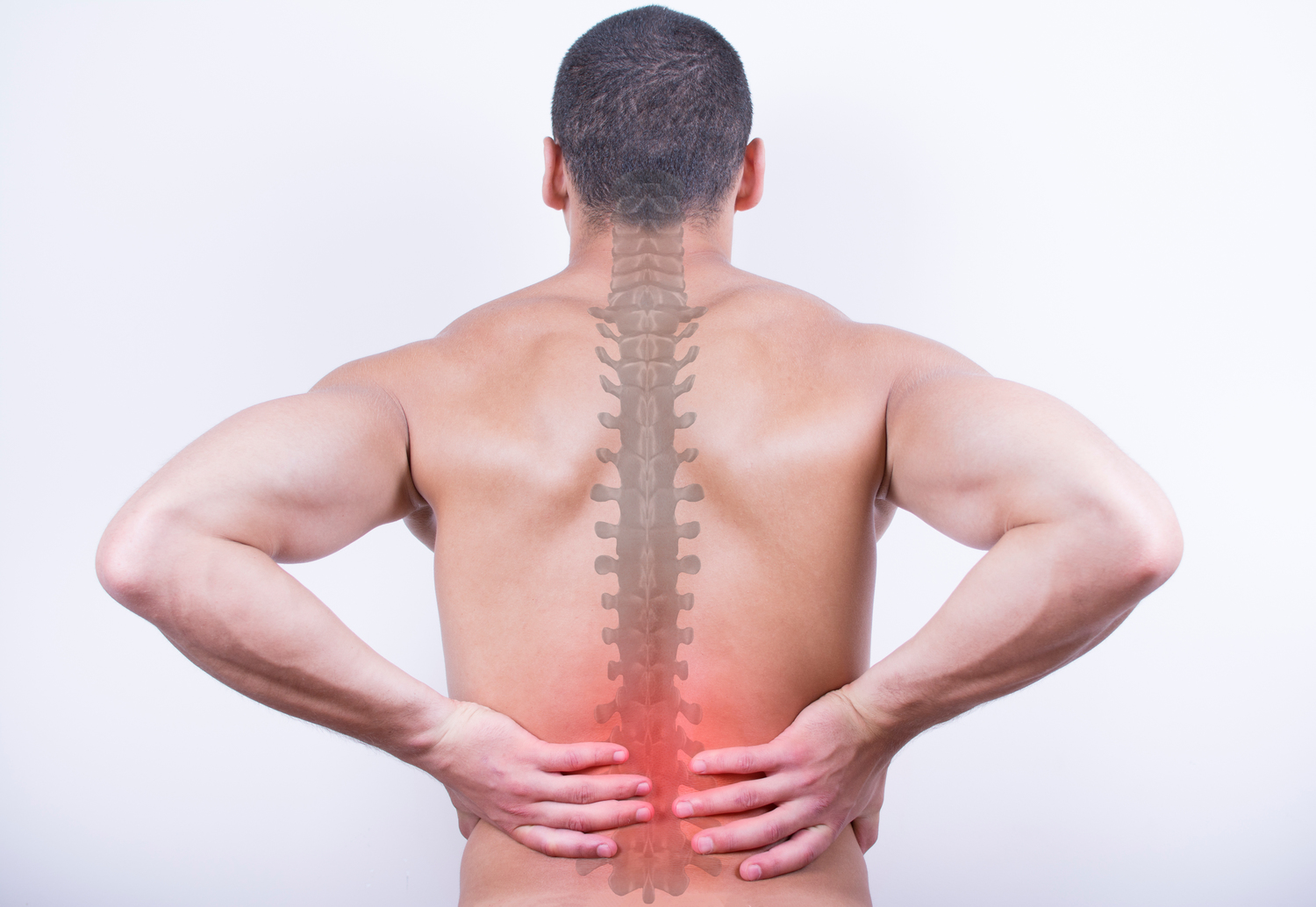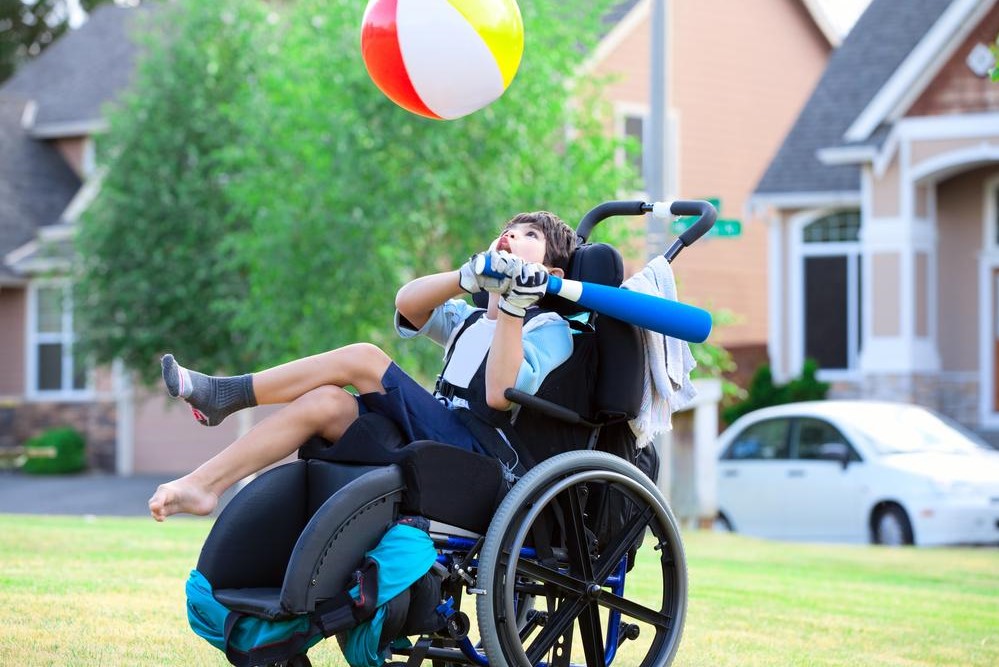Comprehensive Guide to Spinal Muscular Atrophy
This comprehensive article explains spinal muscular atrophy (SMA), a genetic disorder affecting motor neurons and muscle function. It covers causes, symptoms, types, and prognosis. Designed for those seeking in-depth understanding, the article emphasizes the hereditary nature of SMA, ranging from infant to adult onset, with detailed symptom descriptions for each type. It underscores the importance of early diagnosis and consultation with healthcare providers while offering valuable insights into this progressive disease, aiding patients, caregivers, and medical professionals in understanding SMA better.

Comprehensive Guide to Spinal Muscular Atrophy
Spinal muscular atrophy (SMA) is a genetic disorder that affects the motor neurons responsible for voluntary muscle movement. These crucial nerve cells are primarily located in the spinal cord, which is reflected in the disease's name. SMA impacts muscle strength because the affected nerves fail to send proper signals, leading to muscle degeneration or atrophy. It is classified as a motor neuron disease due to the progressive loss of these nerve cells, resulting in muscle weakness and loss of mobility.
What causes Spinal Muscular Atrophy?
SMA is a hereditary condition inherited from parents.
A child with SMA inherits two copies of a defective gene, one from each parent.
This gene mutation prevents the production of SMN protein, essential for motor neuron health.
Individuals with only one faulty gene are carriers and can pass the affected gene to their children.
What are the typical signs and symptoms?
Symptoms of SMA vary depending on the type:
Type 1 is the most severe, often presenting in infancy with rapid muscle weakness, difficulty holding up the head, and trouble breathing. Children with Type 1 usually do not survive past age two.
Type 2, known as infantile SMA, affects children aged 6-18 months, mainly weakening the legs. These children may sit or stand with support but often struggle with mobility.
Type 3, juvenile SMA, affects children and teenagers from two to seventeen years old. They can walk and sit independently but may experience challenges with running, climbing, or standing up. Wheelchairs may be needed later.
Type 4 emerges in adulthood, with symptoms like muscle weakness, twitching, or respiratory issues.










